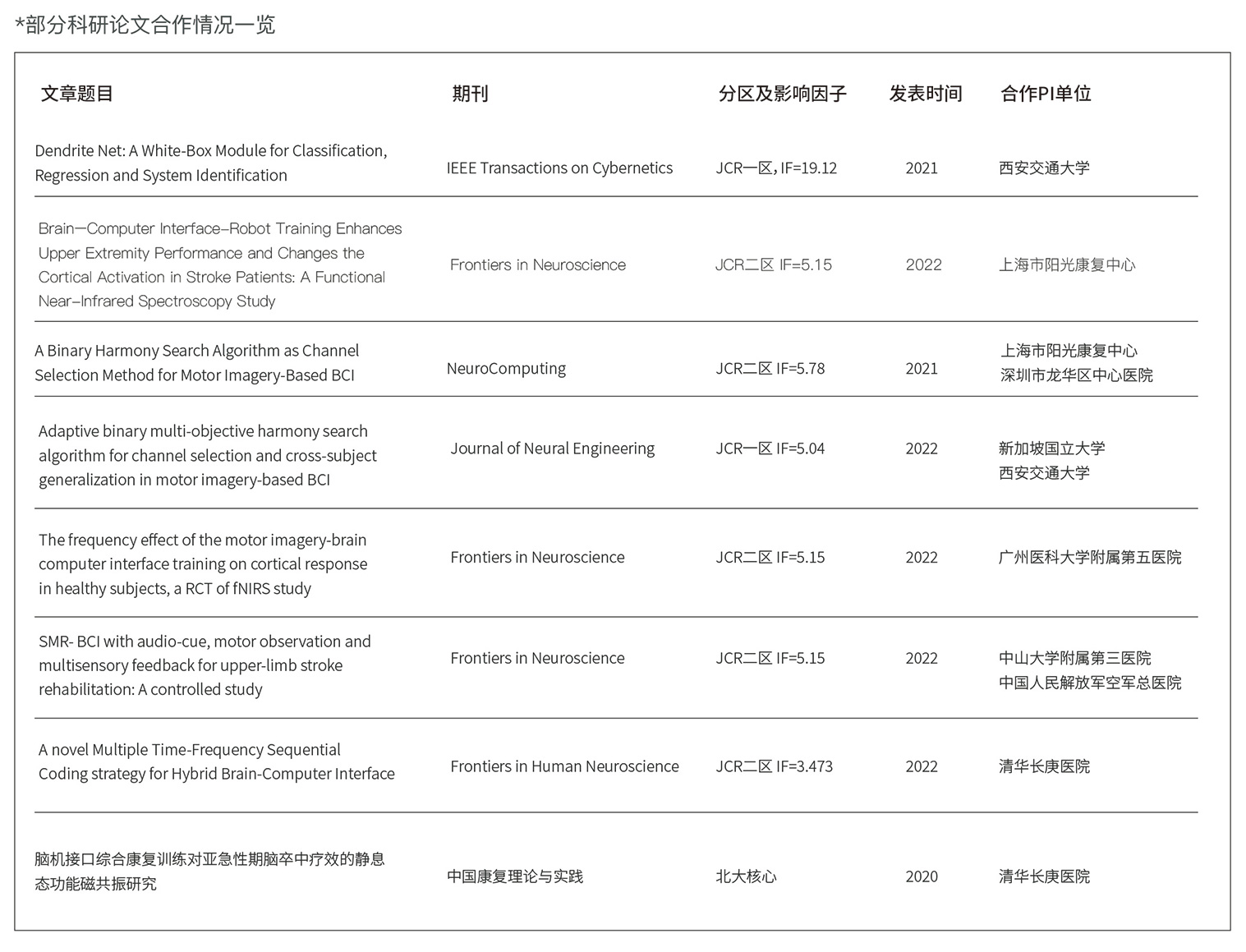
It consists of "brain"+"machine"+"interface". It establishes a direct communication method between the brain and the outside world, directly translating the collected central nervous system activity into signals that can be recognized by external artificial equipment. or instructions. Brain-computer interfaces are not only an important tool for comprehensively analyzing and understanding the brain, but also the most potential diagnosis and treatment tool in the field of neural repair.
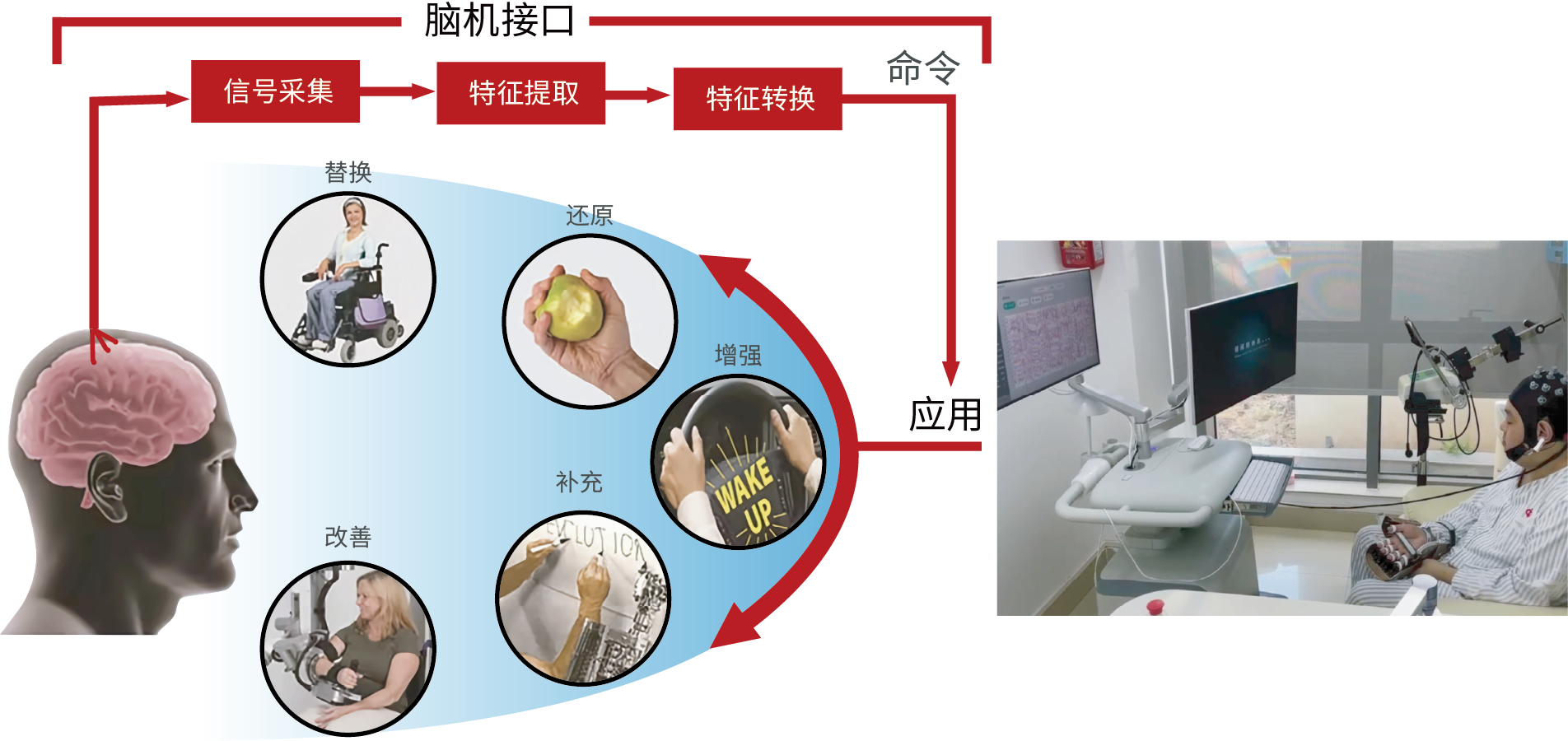
In order to effectively build a channel for direct information interaction between the brain and the outside world, the brain-computer interface system mainly includes: Signal Acquisition, Signal Processing, Device Interface between the computer and other external devices, and a closed-loop system for neural feedback. Brain-computer interfaces can complete neural recovery in two ways: First, they regulate the characteristics of brain signals through neural stimulation technology to normalize the cortical activation pattern, thereby achieving functional recovery. The second is to indirectly promote the reconstruction of neural pathways through the brain-computer interface to control external equipment, restore part of the exercise ability and exercise control level, and increase patient participation through active rehabilitation methods.
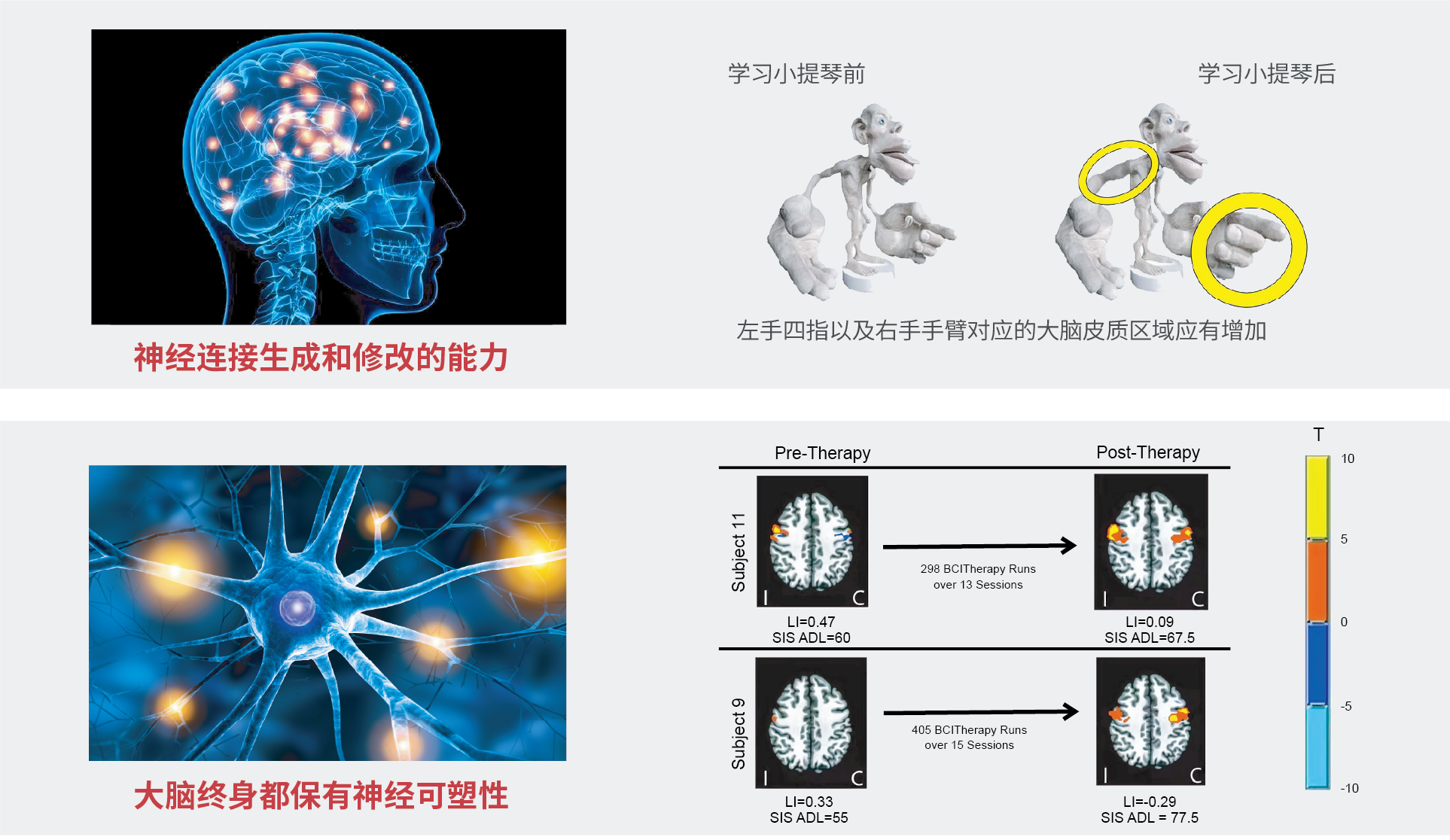
Neuroplasticity: The ability of the nervous system to change and adapt at different levels.
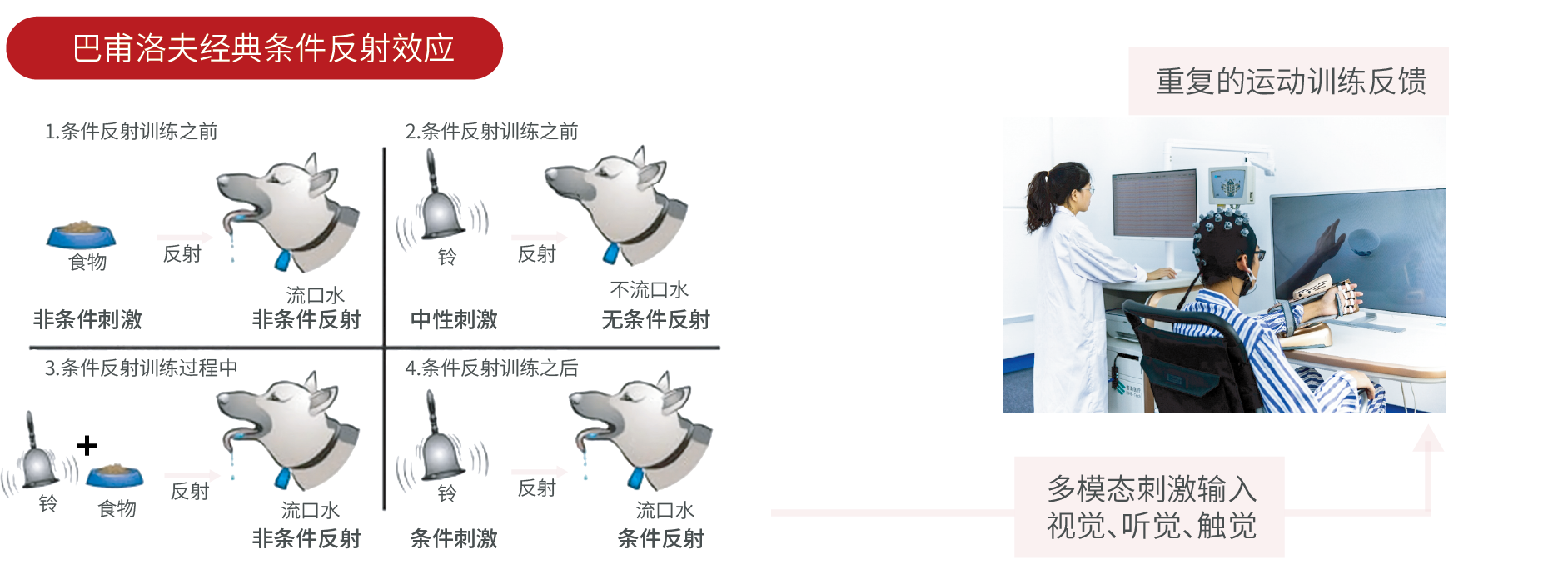
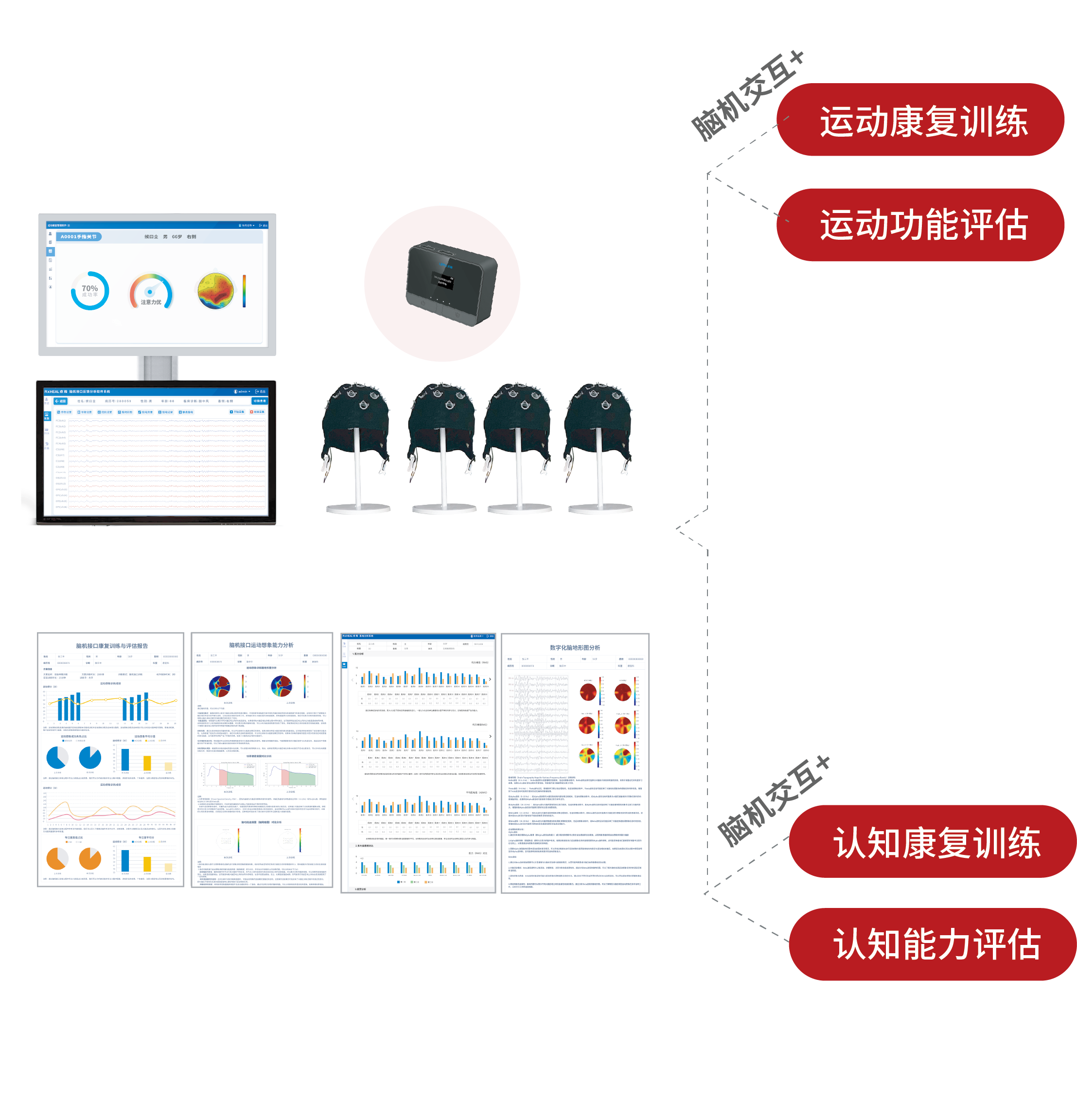
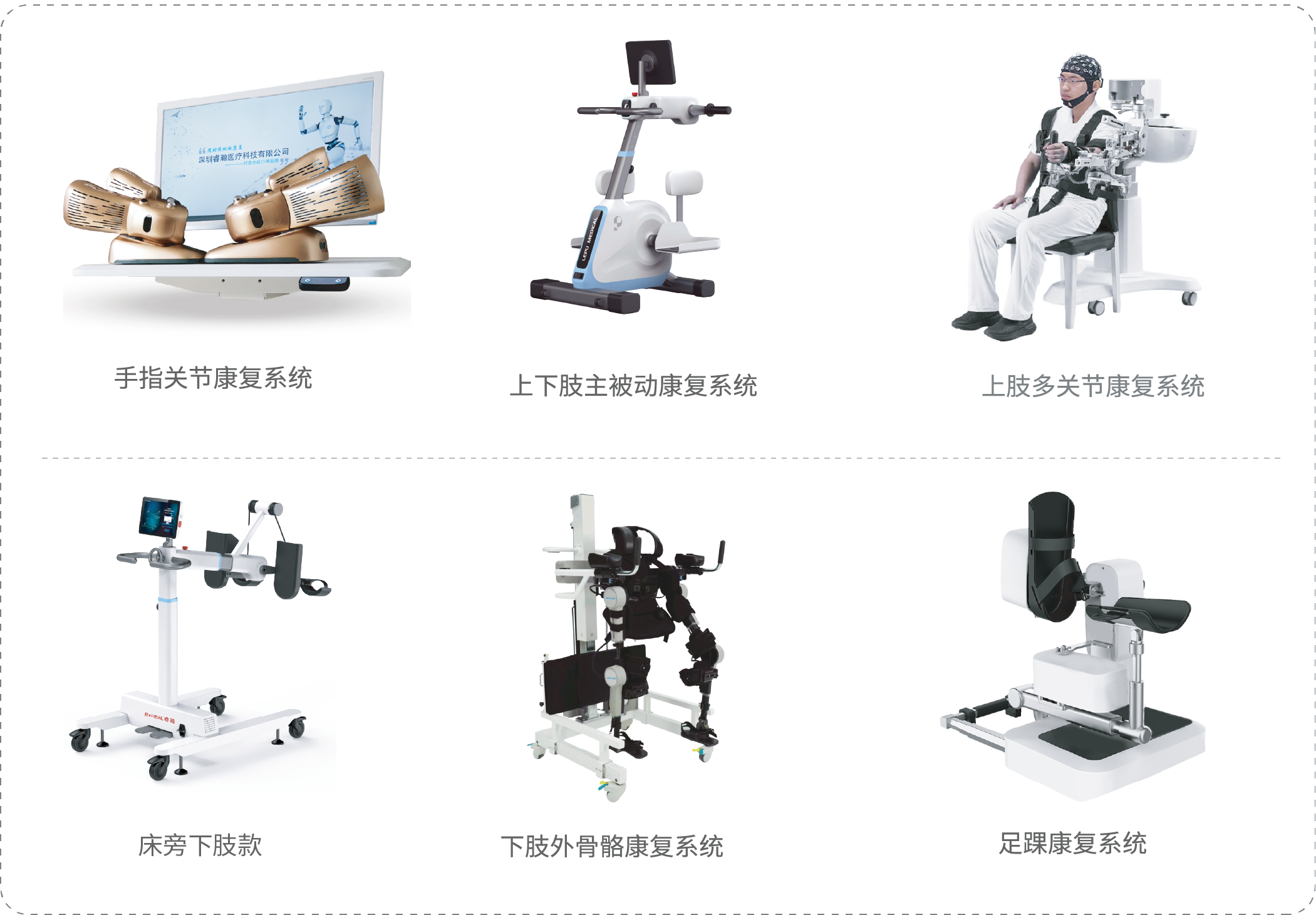
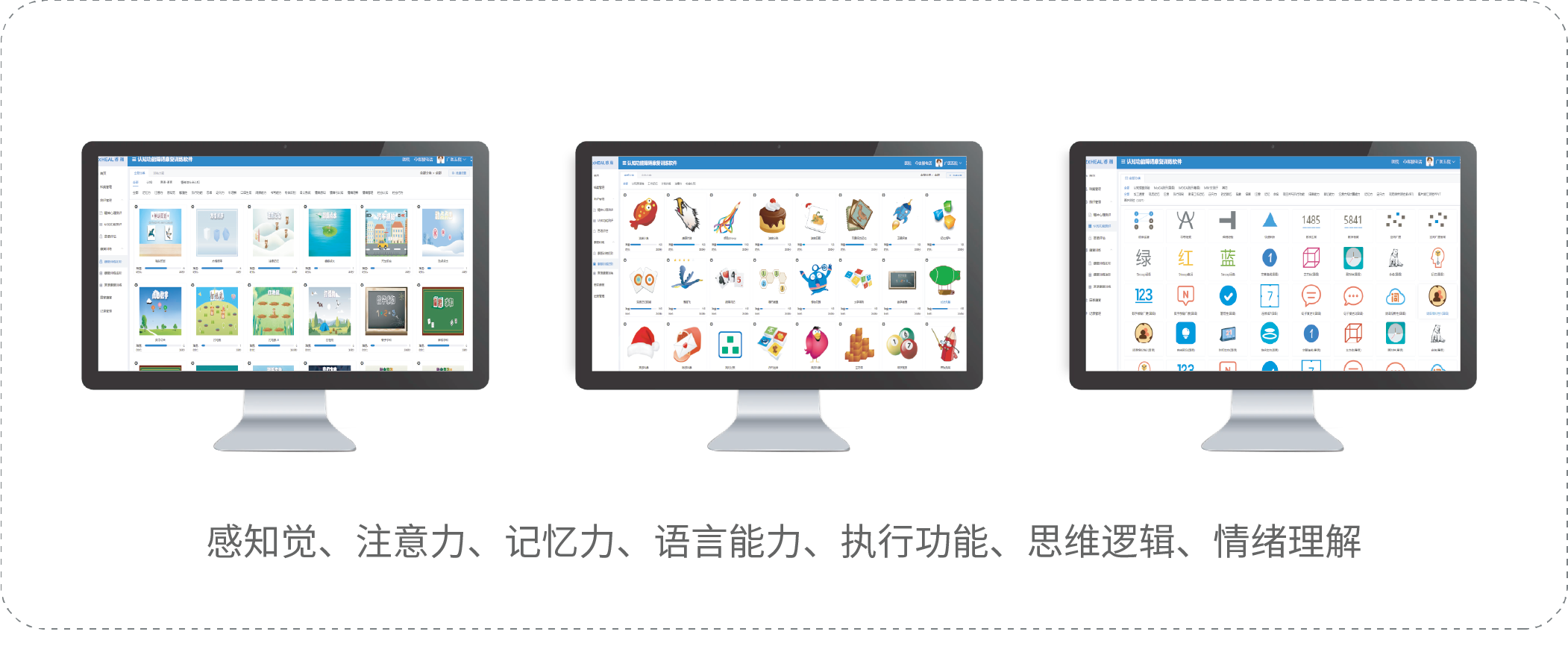
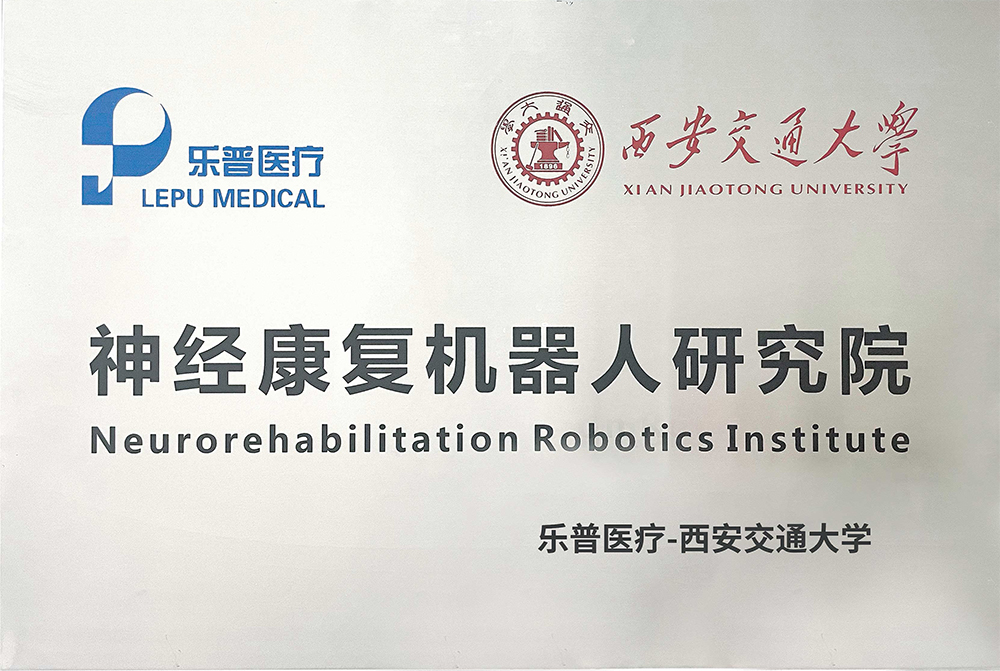
Relying on Lepu Medical Group, it cooperated with Xi'an Jiaotong University to jointly build the NRR-Neurorehabilitation Robot Research Institute, focusing on cutting-edge technologies such as brain-computer interfaces, rehabilitation robots, and artificial intelligence medical care. It cooperated in depth to produce innovative results and lead the future development of the industry.
